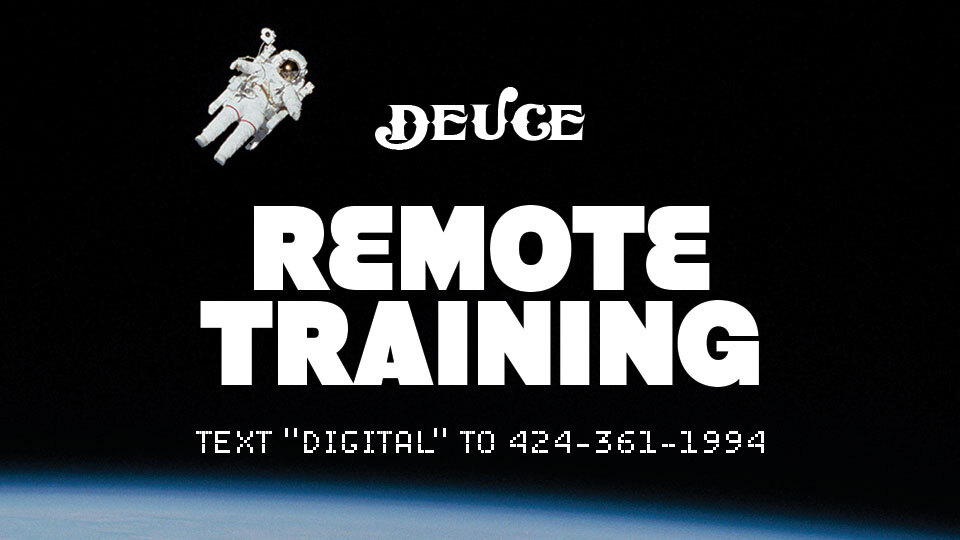
As a young boy, I had an opportunity to get some hitting instruction by one of the greatest hitters of all time, Tony Gywnn. For context, Gwynn was an artful hitter who used the whole field, rarely struck out, and became a Hall of Fame player without the glamor of hitting for power. He was a marksman with his bat.
The light bulb moment came immediately.
One of his most prized techniques was “staying inside the baseball.” This is a common point of performance for a great swing that addresses the path of the bat to the ball. Attacking the inside portion of the baseball allows hitters to be effective by taking a short, compact route to the baseball rather than a long, round-a-bout approach to hit the outside of the baseball.
I heard this from Mr. Gwynn and ran with it. I didn’t just run with it, though.
I took it way too far.
I’d do drills and exaggeration of drills to “stay inside the baseball” to the point of changing my swing completely. My swing became less powerful, less natural, and less athletic. The positive intent was there, but I missed the plot.
This idea of technique run amok isn’t just a baseball skill phenomenon. Hell, it can happen in the gym, too.
Weightlifting is ripe with this. The classic one is the obsession with hip contact in the clean and snatch. The context here is that most every amateur weightlifter misses hip contact in the jumping phase of the clean and snatch. Yet, all the pros make contact every time, which comes as a brush of the bar with the hip to support upward velocity of the barbell. With a nice barbell and a great lift, it makes a cool sound, too.
ENTER: the obsession with hip contact.
The trouble here is that hip contact is helpful until it’s not. It’s such a nuanced technique that very quickly becomes a fault. If, for example, a lifter makes hip contact but creates horizontal displacement of the bar (even if it makes a cool sound) is extremely ineffective. In addition, guaranteeing hip contact by stopping natural flow of the second pull is also slow and ineffective. In both cases, missing hip contact all together would be much more effective if it meant the athlete could just be athletic in the drive phase just like my swing would have been better if I was less hung up on one specific cue.
Sometimes we need a reminder that technique supports the action, not the other way around.
8/12/22 WOD
DEUCE ATHLETICS GPP
Complete 4 rounds for quality of:
4 Weighted Box Jumps
12 Chest Supported DB Rows
Then, complete 3 rounds for quality of:
8 Single KB Front Rack Split Squats
8 Single Leg Hamstring Curls
Then, complete the following for time:
100 Double Unders
20 Sandbag Squats(150/120)
50 Double Unders
15 Sandbag Squats
1 7th Street Run
DEUCE GARAGE GPP
3-3-3
2-Position Clean
3-3-3-3-3
Clean Pull
Complete 4 rounds for slowest time:
400m Run
-Rest 3:00-

